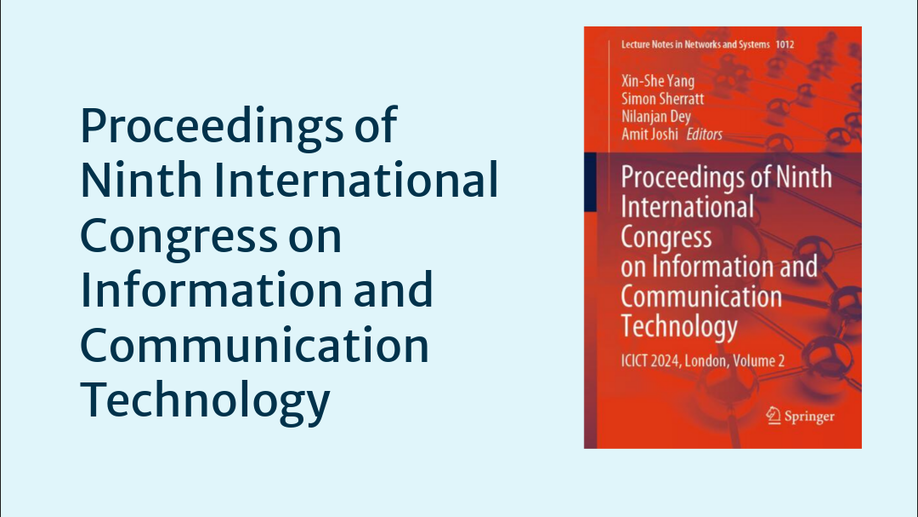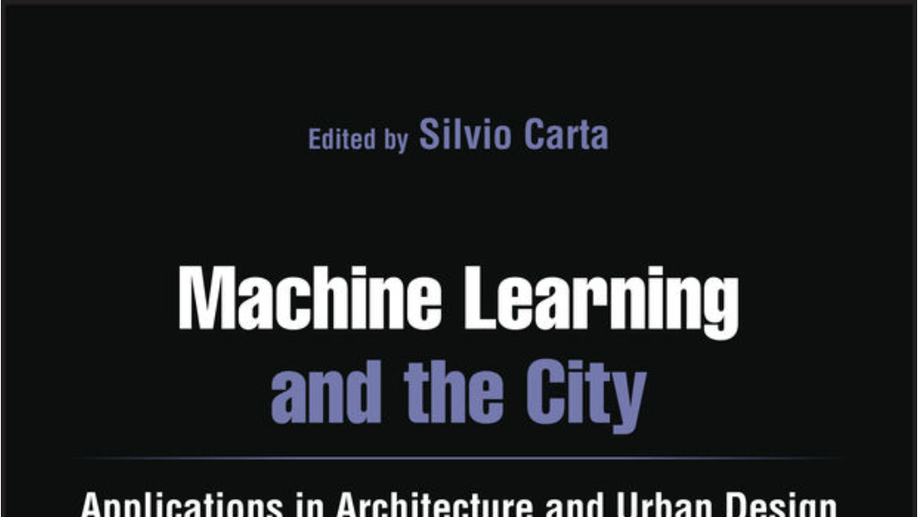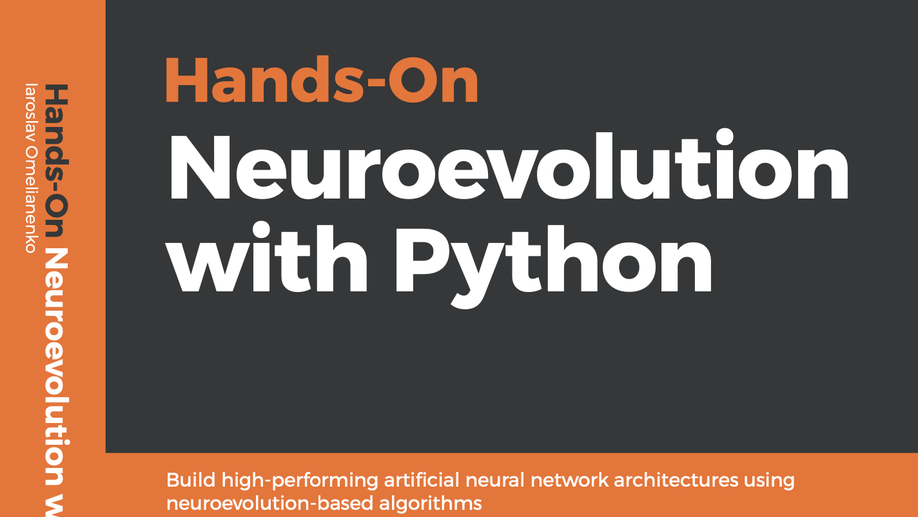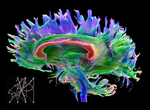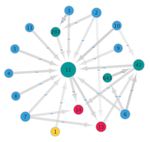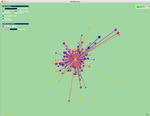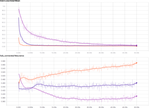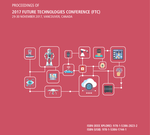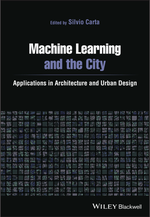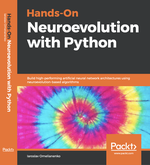Biography
Iaroslav Omelianenko is a CTO and Research Director at the NewGround LLC. His research interests include human-computer interaction, genetic algorithms, neuroevolution of augmented topologies, reinforcement learning, control & optimization, and Neurobiology.
He leads the Research and Development team, which applies genetic algorithms to create artificial neural networks with a minimal footprint to solve a variety of control & optimization tasks as well as do research in brain-computer interfaces.
He has more than 30 years of experience with software design, implementation, and project management. He actively participates in open source projects. He presented research papers as an author at international conferences.
He is an author of the book Hands-On Neuroevolution with Python now available on Amazon. Also, he co-authored the book Machine Learning and the City: Applications in Architecture and Urban Design.
Interests
- Artificial Intelligence
- Genetic Algorithms and Neuroevolution
- Synthetic Cognitive Systems
- Brain-Computer Interface
- Cooperative Robotics
- Neurobiology and Neuroscience
- Mobile Computing
Education
-
Master of Engineering, Industrial Process Management, 1999
Ukrainian State University of Food Technologies
